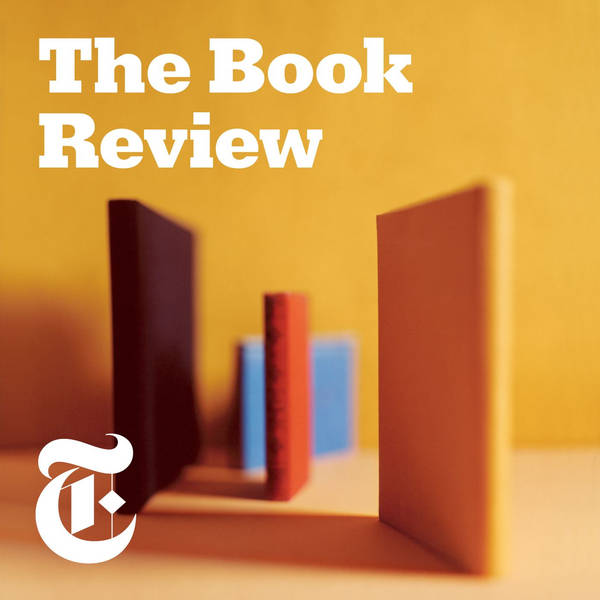
On Reading "A Wrinkle in Time"
Some books find us at the right age and in the right frame of mind to lodge an enduring hold on our imagination; these are the books we turn to again and again, which become the cherished classics of our personal canon.
On this week's episode, the Book Review's thriller columnist and writer at large Sarah Lyall talks to the host Gilbert Cruz about Madeleine L'Engle's 1962 novel "A Wrinkle in Time," in which the protagonist and her younger brother set out to rescue their father from the supernatural embodiment of evil that is holding him captive. Lyall first read the book when she was 9 years old and returned to it repeatedly throughout her childhood.
"I used to write my name in it every time I read the book," Lyall says. "I probably had 10 signatures there. And I could watch my signature change, I could try new types of signature. I tried cursive and I tried capitals, and I put a little flourish next to it."
Lyall says that what first drew her to "A Wrinkle in Time" was the book's "fantastic heroine," Meg: "She's really smart, but sort of unkempt. She has messy hair, she has glasses, she has braces, people think she's weird. ... But what really happens in the book that I think resonated with me, that I realize now, is that it's a book about two children who've lost their father. And I read the book quite soon after my father died. He died when I was 8. And it was a really lost time. And I think what mostly appealed to me about the book was the notion that you actually could get your father back. And that you as the girl, as the girl who felt so clueless, actually had means within yourself to pull yourself together and be brave enough to do it."
We would love to hear your thoughts about this episode, and about the Book Review’s podcast in general. You can send them to books@nytimes.com.
Unlock full access to New York Times podcasts and explore everything from politics to pop culture. Subscribe today at nytimes.com/podcasts or on Apple Podcasts and Spotify.